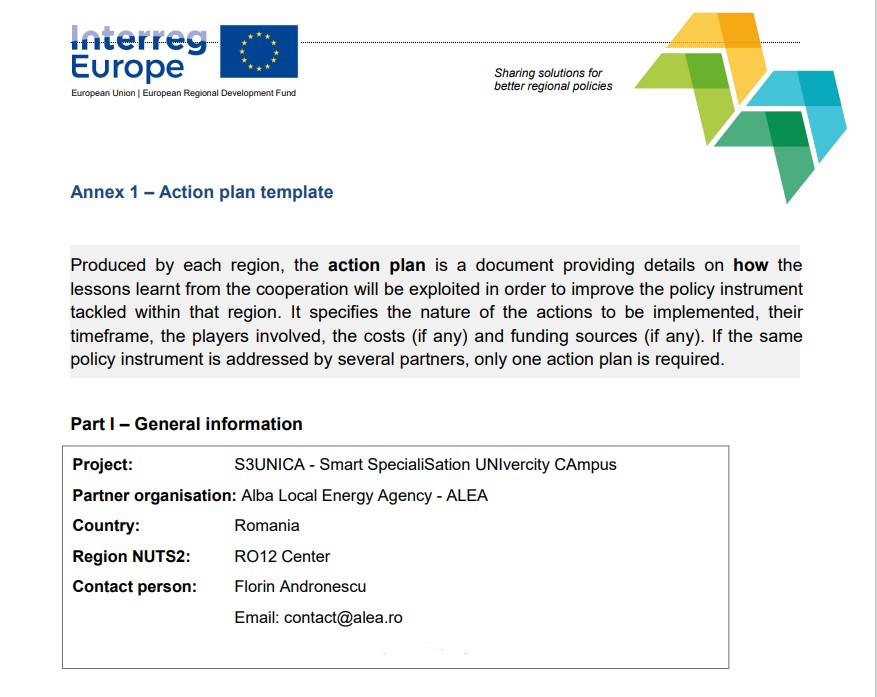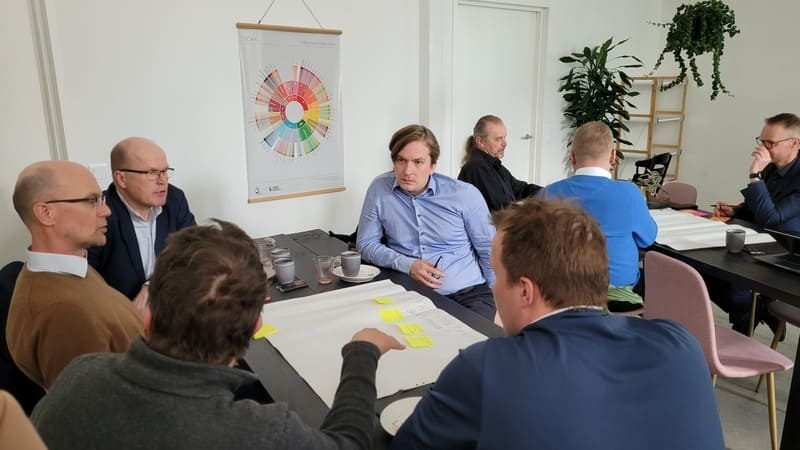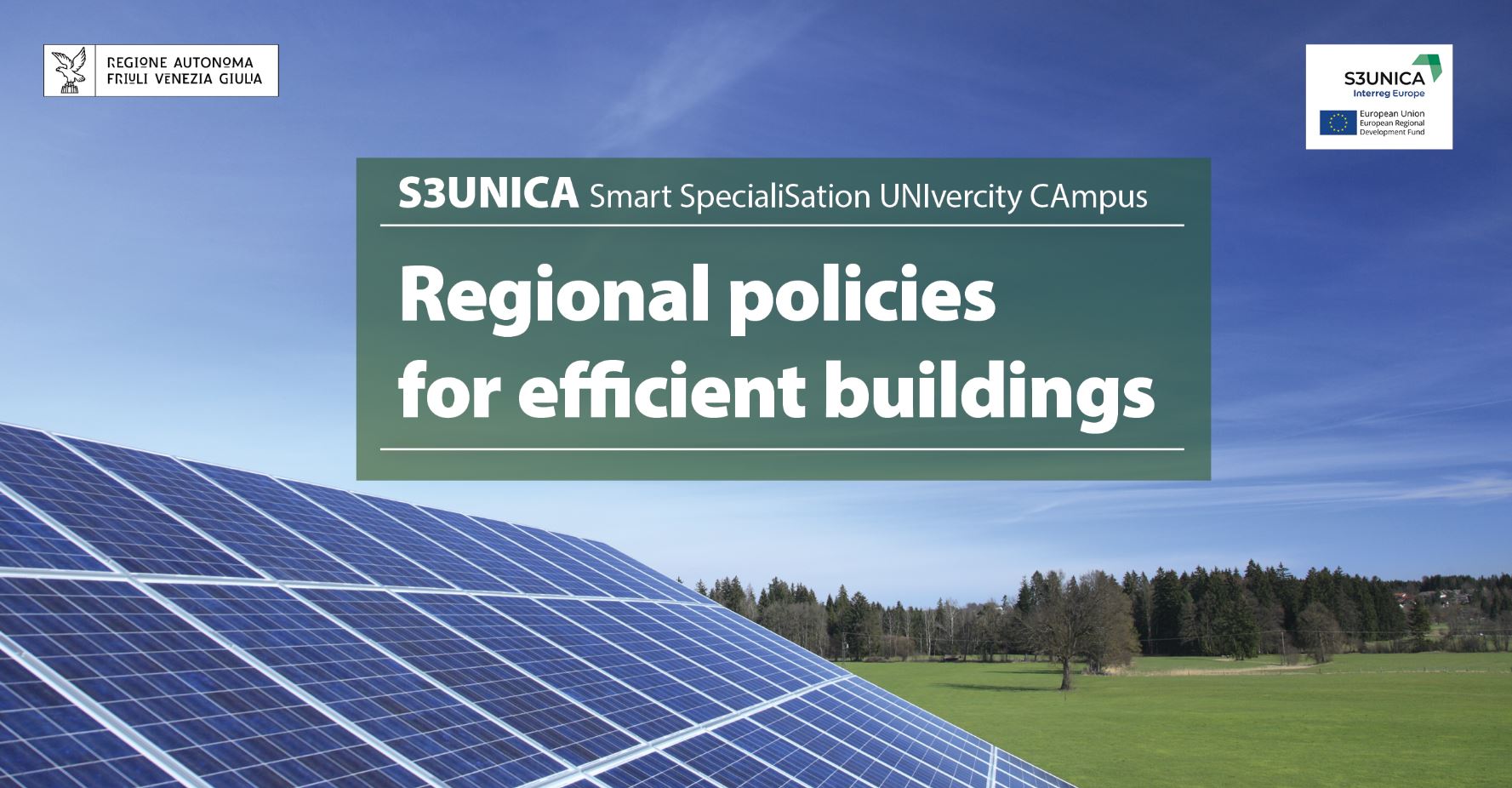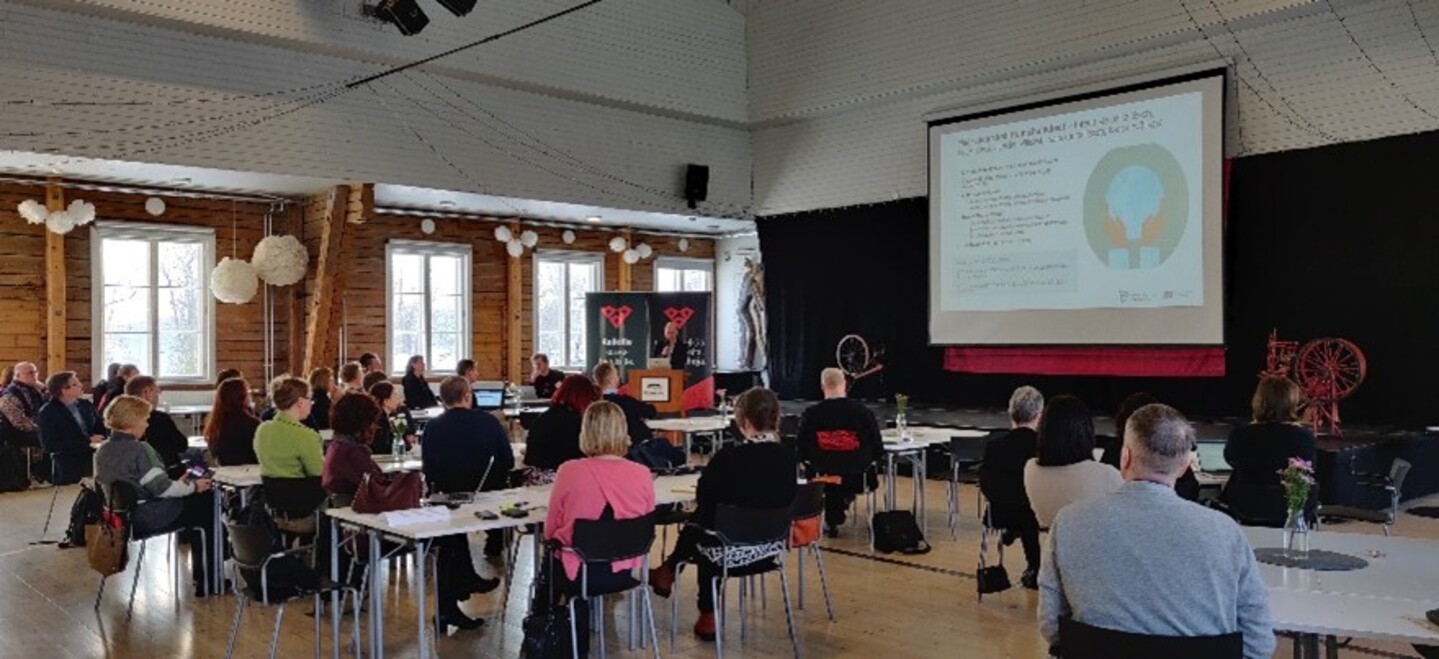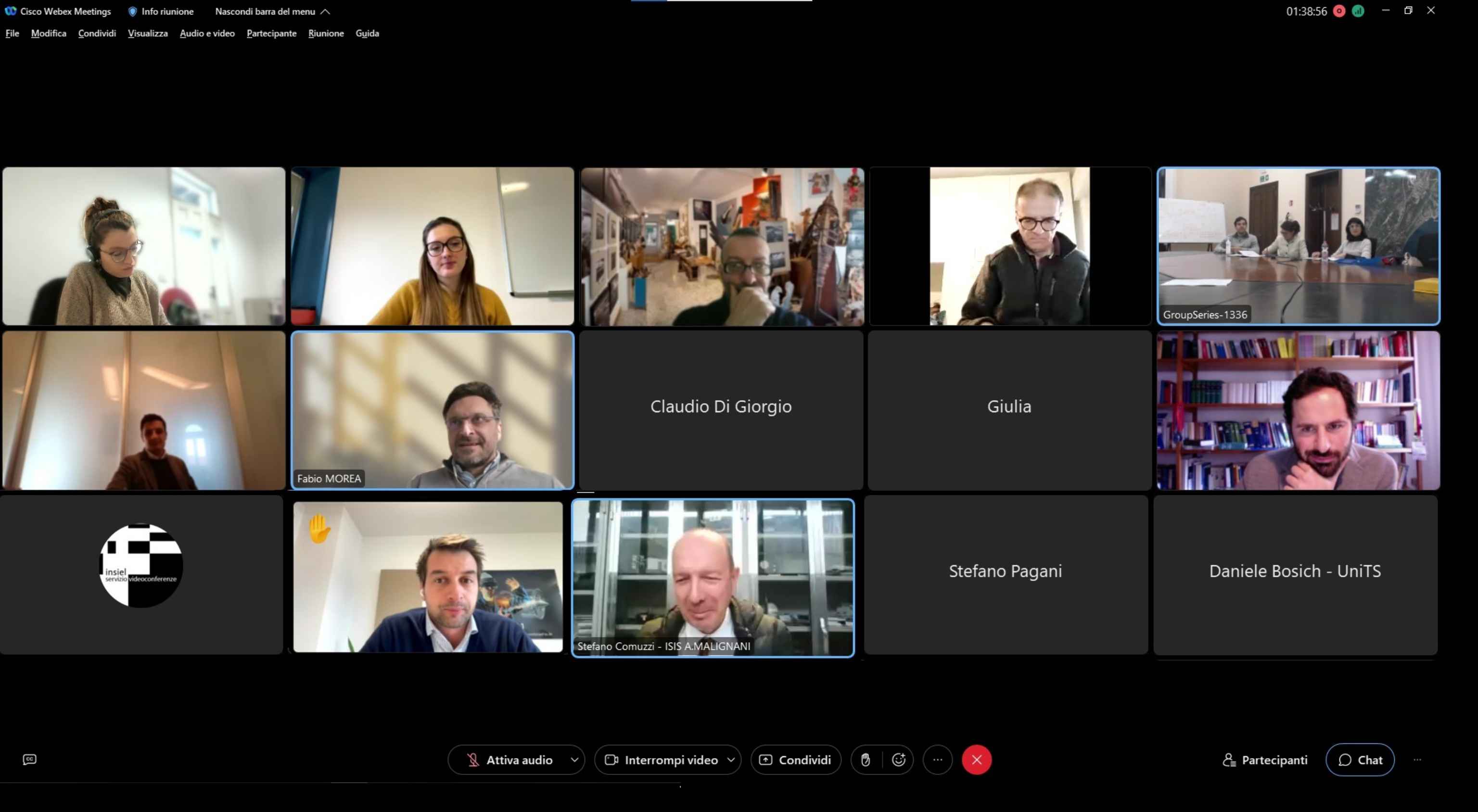The Action planned by Italian project partners stems from the need of public authorities to overcome difficulties and limits of implementing innovation projects. S3UNICA provided important inspiration at this regard, thanks to the experiences of other partners in creating broad partnerships between different public and private parties. Notably, the Greenreality Network of South Karelia shows how a structured network including actors of different nature can substantially facilitate projects planning and implementation. The Finnish “Regional climate road map for real estate energy efficiency” is an example of measures taken by a working group lead by a public administration as the municipality of Lappeenranta in order to reduce carbon emission in a fast and effective way: the project implies the participation of several stakeholders operating in the area. The Spanish experience in the Region Andalusia also contributes to illustrate the importance of public-private partnerships (PPP) and innovation procurement (IP) for a broader execution of energy efficiency policies.
By affecting the Regional Energy Plan approved by the Autonomous Region Friuli Venezia Giulia in 2015 accordingly to national legislation, this Action Plan aims at meaningfully contribute to energy policy making. All S3UNICA project partners underlined the difficulties they generally encounter in innovation processes through a Self-Assessment Tool. This path lead to the identification of public-private partnerships and innovation procurement as among the main instruments to be developed in order to face legal, policy frameworks and technical obstacles to innovation policies in the field of energy efficiency.
The objective is therefore to improve the use of innovation procurement and the collaboration in public-private partnerships for energy innovation in university campuses (in the short term) and in public buildings. Public-private partnerships are an example of horizontal subsidiarity which should meet the most complex needs and requirements of policy making. They can take different legal forms both in European and Italian legislation. The plan of Italian project partners to enhance these tools and introduce them into the Policy Instrument is constituted by two activities.
The first one is creating an expert table for public-private partnerships in the energy transition context. The aim of the table is to activate new innovative partnerships in order to guarantee a faster and more effective execution of the Regional Energy Plan. The support provided by the table will particularly address universities, in order to promote PPP and PI as well as other actions for energy transition in campus buildings. Furthermore, the table is also in charge of funds management for these actions.
The second activity is the creation of a set of guidelines for public-private partnerships in energy transition context. The expert table is charged of defining and updating the guidelines, which will facilitate energy efficiency and renewable resources use in public buildings by
- ensuring the application of the quadruple helix approach by public administrations in the design and development of partnership actions;
- urging public administrations to verify and check the energy status of their buildings in order to identify those buildings that most urgently require energy efficiency actions.
The Regional Energy Plan will contain and detail the object of the foreseen actions by recognising PPP and IP as fundamental tools for achieving energy targets and acknowledging the existence and the activity of the expert table in updating the guidelines.
The quadruple helix approach states that decision making processes and implementation of projects should include players from the public sector, academic and scientific institutions, industry and civic society. Different players cooperate and make their own contribution to the general objective. Consistent with this idea, the activities of the Action Plan include the participation of officers form the Region Friuli Venezia Giulia, university staffs, public and private stakeholders contributing with their experience in the energy sector, as for example the Regional Energy Agency (APE), private companies and their associations (some of which are already being involved in the activities of the project), end users and citizens through the means of their representative associations.


